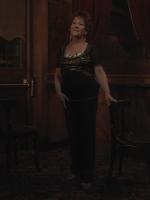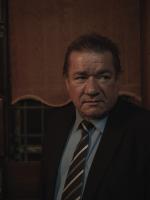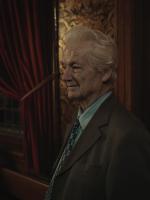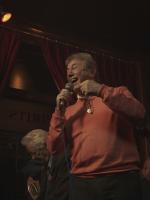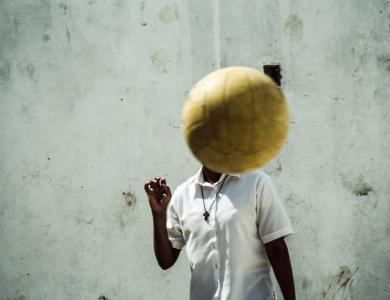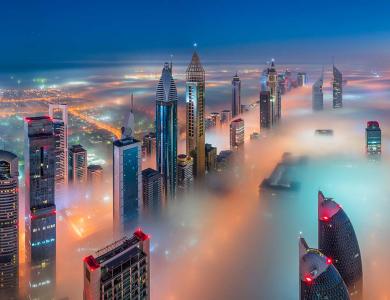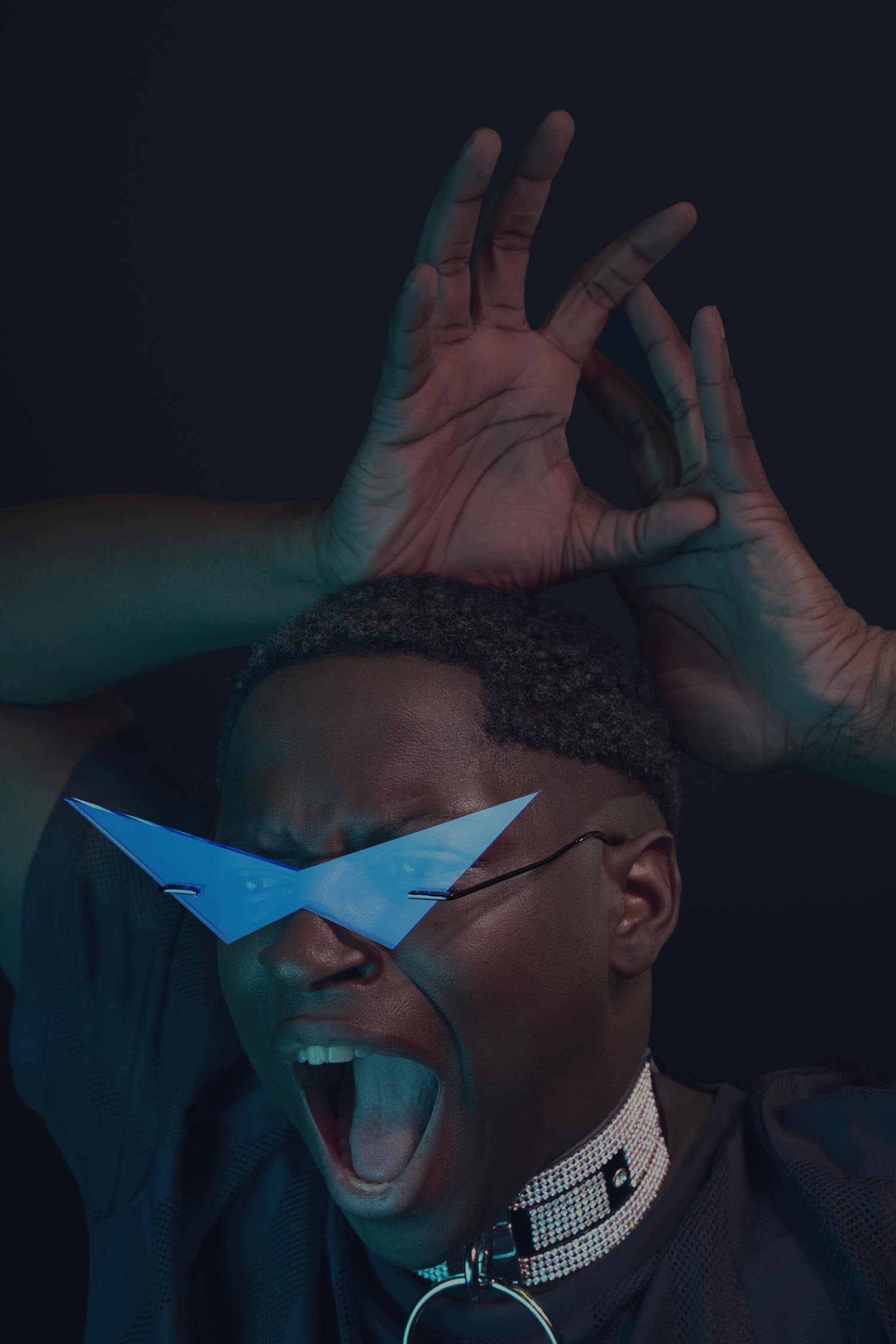
Photographer Tom Oldham has used the Professional Sony Grant to explore ‘Ball Culture’, LGBTQ+ community events which originated in 1970s Harlem. Centred around competitions between ‘Houses’, the balls involve dancers performing in battles and ‘walks’ on a catwalk before a panel of judges.
To produce his series titled “Shoot An Arrow and Go Real High,” Oldham travelled to Paris, New York and London to photograph portraits of the incredibly diverse range of characters and costumes participating in these events.
Sony awarded Oldham with the Sony Grant based on his winning series "The Last Of The Crooners", which was awarded 1st Place in the Professional Portraiture category in the 2018 Sony World Photography Awards.
In 'Shoot An Arrow and Go Real High', you explore the culture and creativity surrounding the ‘Balls’ tradition, and have travelled to numerous different locations to do this. Did anything stand out to you from seeing these across different continents? Were there any interesting differences?
So far I have photographed in Paris, New York and London, and each city has completely bowled me in over, in a huge variety of different ways. Ballroom is a scene with some much creativity, in the outfits and the movement, it’s so hard to capture all the elements I would like to. It’s overwhelming actually. I’m just focussing on the one bit I feel I can truly capture ;the participants’ faces and their beauty, in their chosen outfits for that night. The Parisians were of course graceful and cool, New Yorkers street-level edgy and cool, and the Londoners were flamboyant and cool. There were notable differences with each location but many more unifying factors around the beauty of the movement in this scene and athletic ability, the creativity that shines through every individual, plus their warmth and acceptance of me and my project.
What was the most memorable instance or thing that you caught on camera?
It really felt like the project was leaping forward when huge names of the scene like Twiggy and Jack Mizrahi stepped into the lights to be photographed. These are icons.
Was there a walk, person or event that took place that you wished you had captured?
I wish I had been shooting this, and only this, since I first raised a camera. The depth of the culture is truly rich as it has been progressing continually since the 80s and like everything that’s underground, cultured and very precious to its members, it develops in a really fascinating way, so a great deal has happened over time. I’m learning a great deal about the scene and just how incredible and highly valued it really is.
Why did you choose this topic? Do you have any special connection with it?
A photographer friend, David Morrison, has been documenting the live action for many years and he was showing me his work, which I loved and found intriguing. Typically generously, he got in touch and invited me in, to set up my lights and shoot some portraits at an event in East London. I was hooked immediately, for the reasons I’ve mentioned above.
What do you hope viewers will take away from this?
The project aims a little light onto something that deserves recognition for being a thing of incredible beauty and creativity, to allow ballroom's individuality to shine through at a time in history when more light needs to emanate from these lesser seen corners of society.
How is the shooting going?
Gloriously. It’s been fascinating and truly inspirational to be around people who can move and create in this way. I’ve been to New York and Paris and have more shoots in London planned, all of which the Sony Grant has enabled, I have to say. The Paris shoot was interesting, we had a contact there who was not replying to email – no one seems to use or reply to email any more! So I Whatsapp’d another contact and only received a message at 5am on the morning of the Paris shoot. The message read:
Hey cool
I was outside my house in London with two assistants, a car full of kit, tickets for the Eurotunnel and a message that meant… I didn’t really know what it meant. One thing I did know was that if I didn’t go, I definitely wouldn’t get the shots. So go we did, I drove to Paris and made it to the venue, where I sat and waited for our contact to show. They arrived and gave us a spot. We set up and were given some incredible portraits, so gratefully. Fortune favoring the brave once more.
What are the difficulties and challenges along the way?
We’re shooting in nightclubs so communication has been an interesting challenge. We write down everyone’s contacts so we can send them their portraits immediately afterwards, but only if they like them do we include them in the project.I don’t feel we can move forward without fully explaining our intentions for the exhibition and how the images will be used, and a nightclub environment is not best for that. It’s incredibly sensitive as a topic, and my greatest fear is causing upset or using an image someone is displeased with, so we tread gently and thankfully we have had very positive reactions from a huge percentage of people.
What are you enjoying the most?
Shooting! Meeting beautiful people and being given their portraits is a true honour and I’m so proud of what we have so far. I love the lighting look and the tone we have hit, there is a deliberate nighttime feel to them, done with gelled lights and battery powered flash kit on location. It’s tough but so worth it.
What Sony equipment are you using?
It’s taken some getting used to, it but my retouch team are creating wonder from these files, so I’ll never complain! The lightness of the A7R3 with the 50mm f1.4 and the eye-focus capability has been very helpful for the environments we are shooting in.
Read more about "The Last Of The Crooners", Tom Oldham's series awarded 1st Place, Professional Portraiture category, at the 2018 Sony World Photography Awards.



